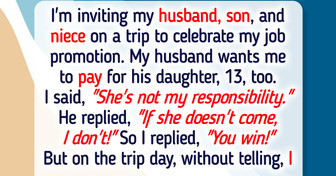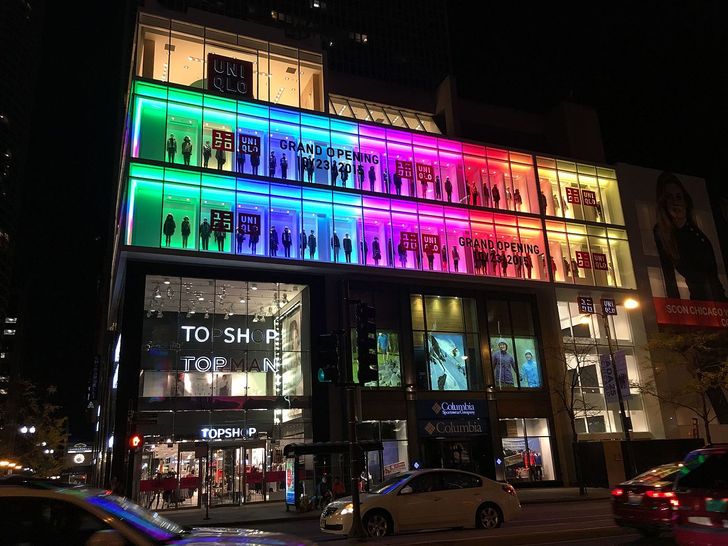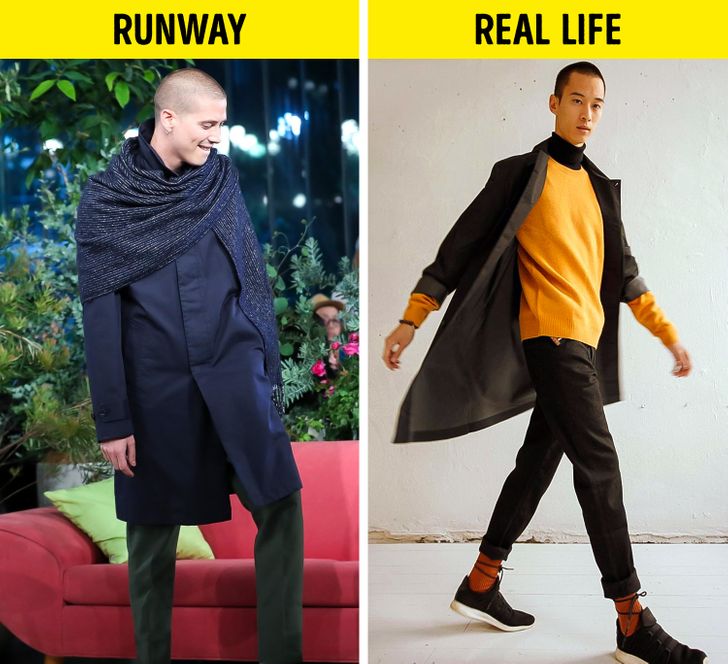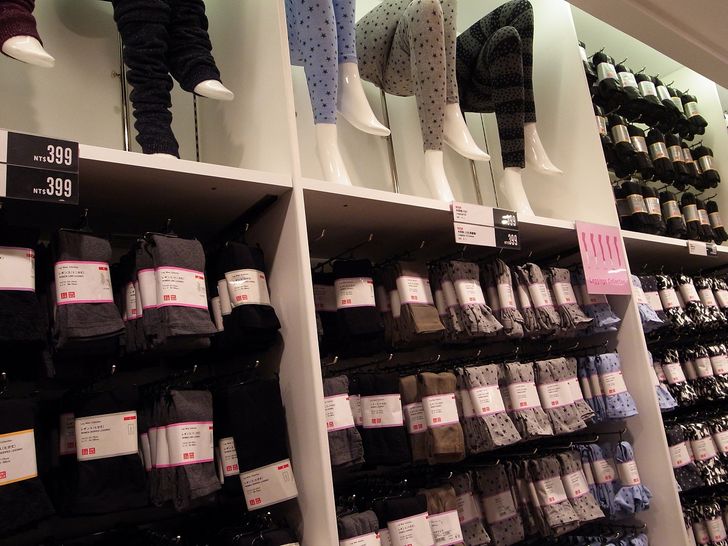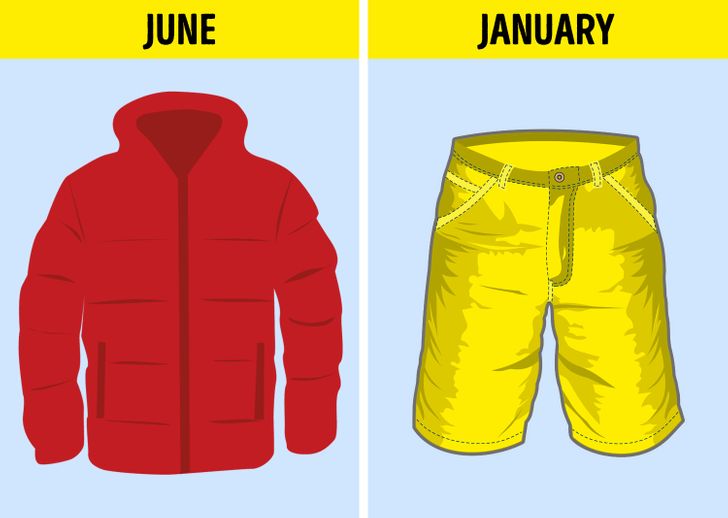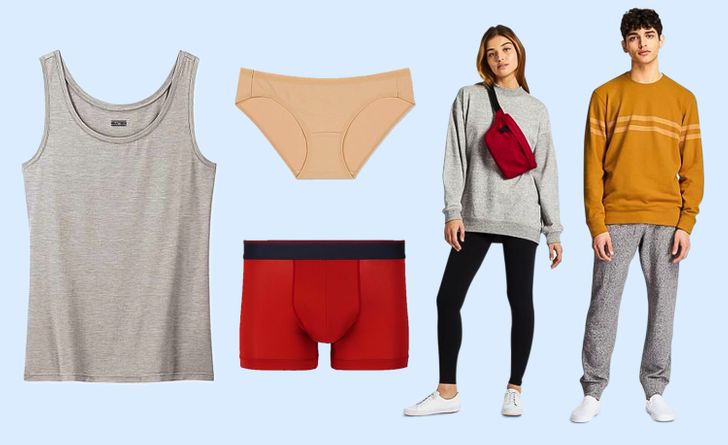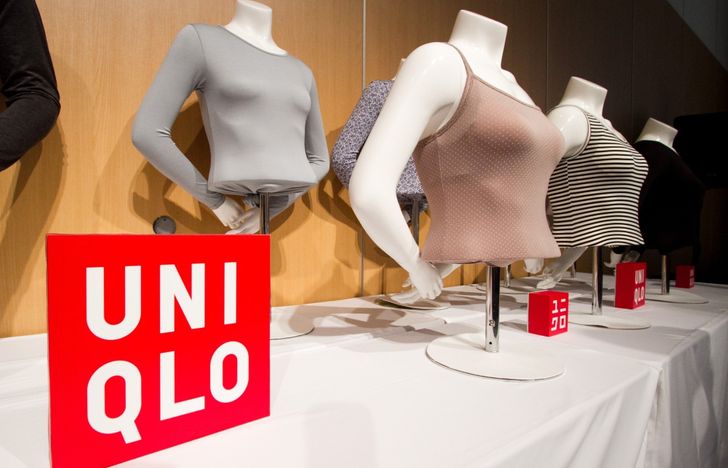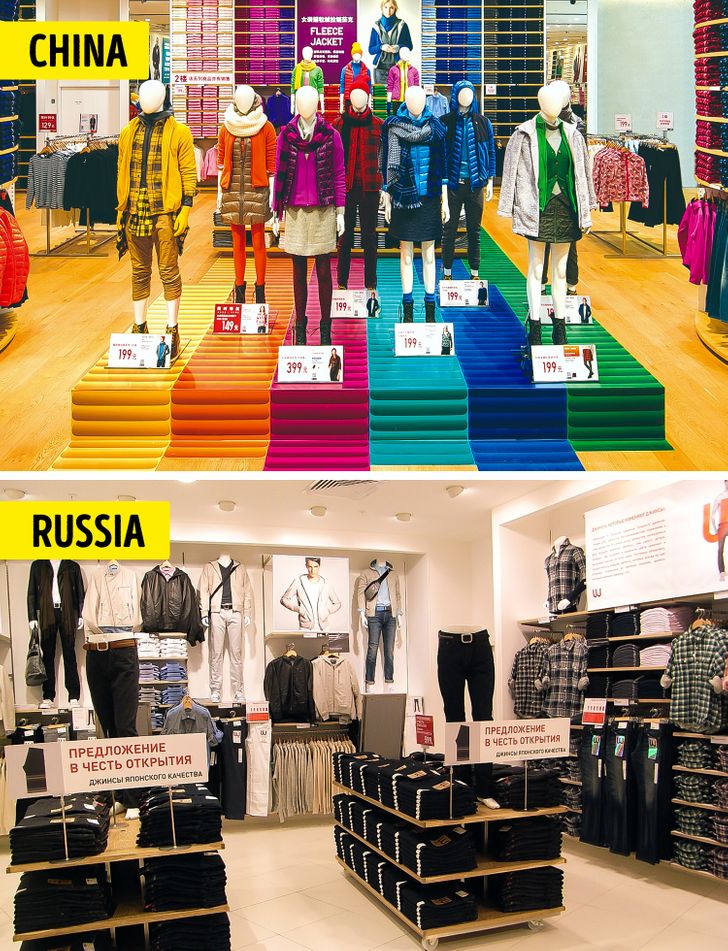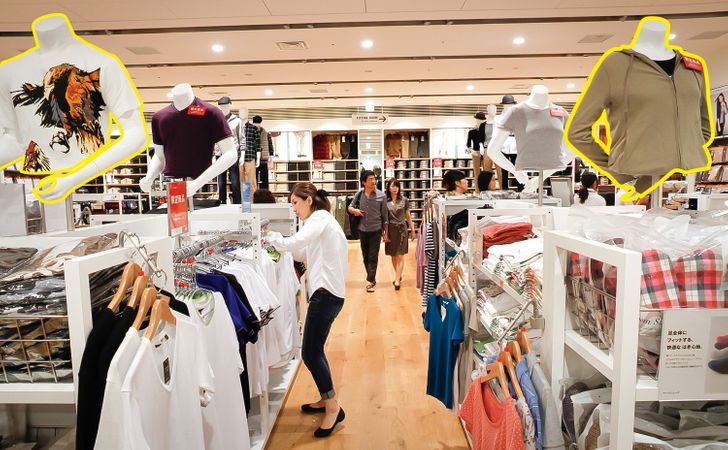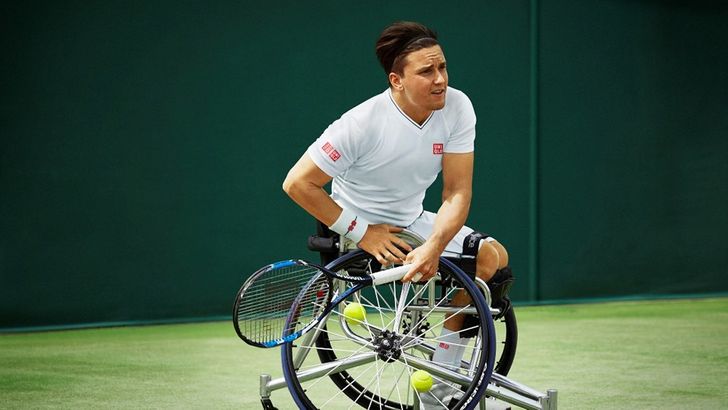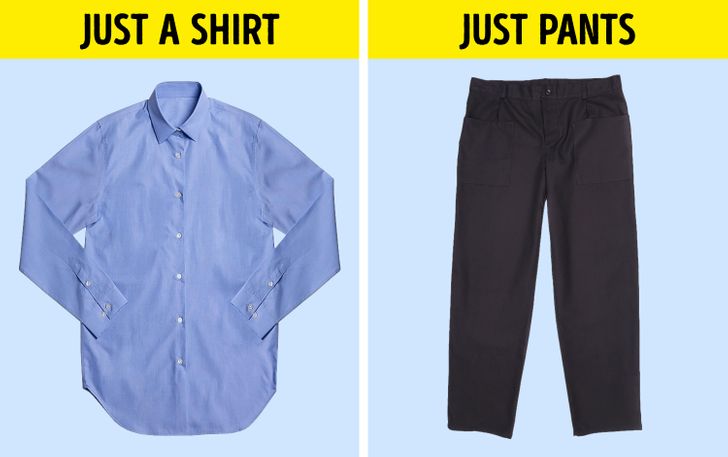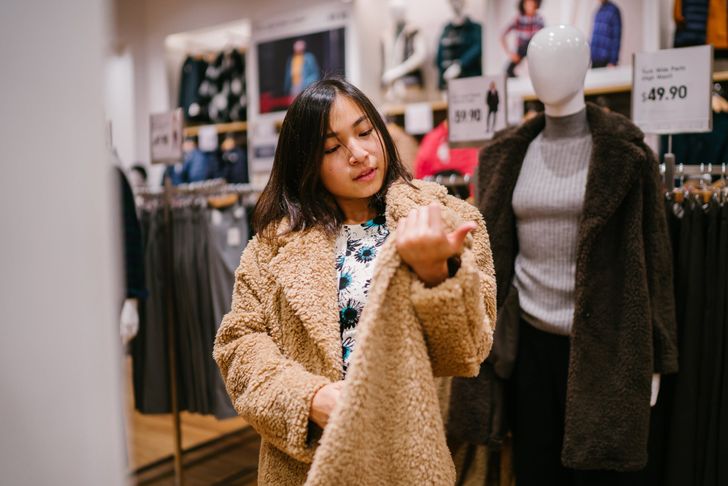wait. hahaha.. i used to work as sales assistent at uniqlo for part time?
9 Uniqlo Marketing Secrets That Even Make Men Want to Shop
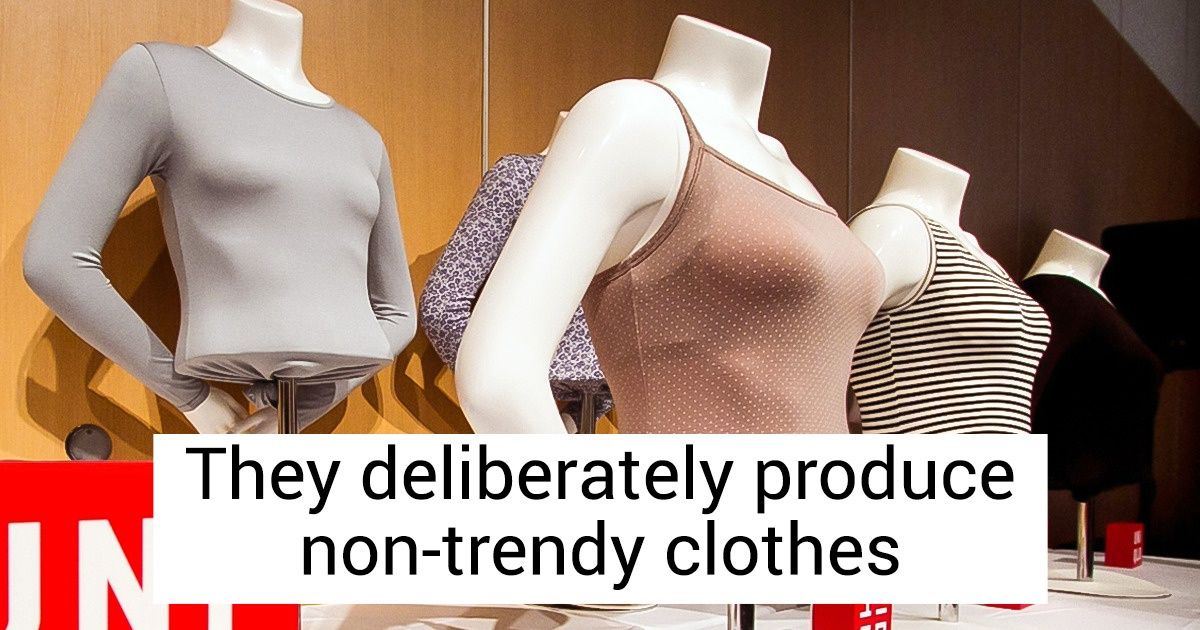
Nowadays, an amazing amount of clothing is produced and sold. This is why retail stores have to do their best to attract customers into their stores and why marketers come up with a bunch of new tricks to make you spend your money. In our previous article, we have already talked about the strategy from business giants like IKEA and Zara. Now is the time to discuss the third biggest clothing seller in the world — the Japanese brand Uniqlo.
Bright Side has analyzed the success story of this Japanese company and found out how to avoid unforeseen purchases.
The company appeared by accident
In 1972, Japanese businessman Tadashi Yanai inherited 20 men’s tailor shops from his father. Maybe, Mr. Tadashi would have remained just the owner of the tailor shops if he hadn’t visited the US and Europe and the stores like the Gap and United Colors of Benetton.
The businessman decided to repeat the success he observed in his own country and founded the Uniqlo brand. But the Japanese were not eager to buy mass-market clothes because they thought that the products were low-quality. So, Yanai invented a very aggressive concept that has almost conquered the entire world.
At the same time, the profit of the company is $17 billion and the brand’s estimated costs are $7 billion. And all of this became possible thanks to the invisible tricks that the Uniqlo brand uses.
They deliberately make clothes that aren’t that special.
At first sight, the designs from this brand seem a bit too simple and even boring, but this is actually another marketing move. Uniqlo makes non-trendy clothes on purpose and they are proud of it. Unlike Zara, for example, that copies trendy clothes from the runway, the Japanese company promotes clothing “for everyone.”
The shelves in their stores are filled with exactly the same clothes, they don’t have prints of “cool” pictures on their T-shirts. But this strategy brings the Uniqlo company a considerable profit: it attracts people who don’t understand anything about modern fashion tendencies and don’t like spending hours in stores.
The brand is able to use the interests of the people who are too shy to look different from others. The Japanese clothes look identical on runways and in real life and in order to buy them, you don’t need an image consultant.
They rely on cheaper products in order to make their customers feel as if they are saving money
The brand decided to fight against the competitors with their low prices: 35% of the products at Uniqlo are sold for less than $10. By today’s standards that’s not just cheap — it’s almost free. When customers look at the shelves that are full of relatively cheap clothing, they really want to buy a lot more things. Separately, these clothes don’t cost a lot, so we keep putting more and more things in our shopping baskets.
Customers feel like all the other products are cheaper in the store. But this is not true: tops, pants, and sweaters cost pretty much the same money as their competitors.
They sell the same clothes all year round in order to keep their customers.
For a brand that could easily get the title of the biggest clothing retailer in the world, Uniqlo has a relatively small assortment of clothes. This is because of economic reasons: Uniqlo, unlike H&M or Zara, can’t afford to produce several different collections every year. However, the customers that are used to having variety, can easily go to the competitors. So, here are the things the Japanese company did:
- They create the illusion of a wide choice. All the clothes from the brand are produced in dozens of color variations. For example, they make polo shirts in 80 different colors.
- In summer, they sell winter clothes, and vice versa in winter. This approach attracts more practical customers that prefer to prepare for a different season in advance.
- They rarely work with famous designers, so they avoid fashion fails. The things that look cool on the runway and get hundreds of thousands of likes on Instagram are usually not popular among regular people. Uniqlo doesn’t take risks — they just create a collection of simple clothing that will definitely sell.
In their stores, it is almost impossible to find shoes, and there is a reason why.
Uniqlo almost never sells shoes and boots, they rely on underwear, socks, and knitwear. And it’s not because nobody will buy the shoes. It’s just that customers often need little things: like shirts, underwear, and clothes for home. And shoes are not something that is purchased very often.
The Japanese rely on the clothes that, according to their personal hygiene rules, have to be changed regularly (the alternative is to have a lot of them). However, there is a huge chance that if you go into the store to get something small, you will also end up buying something bigger.
They offer technology instead of fashion to make their customers feel smart.
The brand’s target audience is people between the age of 18 and 40 which are called millennials. These men and women buy new cell phones every year, they keep track of new technologies, but they prefer a simple style when it comes to clothing and their everyday lives.
No other brand was producing affordable clothing specifically for millennials. Uniqlo is partially clothes for geeks: because even for the simplest clothing, they use innovative technologies. Instead of wasting money on an army of designers, the brand hires scientists that develop ultra-light, thin, or warm fabrics.
The brand relies on intelligent customers and makes money thanks to the people who want to be different from the “trendy masses.” This is another well-thought-out marketing strategy and it’s different from any other strategy we’ve heard of before.
The assortment of their stores is different depending on the preferences of the country’s inhabitants.
In Uniqlo, there are a team of experts that analyze the purchases of people from different countries and they build a geographical marketing strategy. For example, in Asia, where the brand is from, people prefer bright clothes. And in European countries, people prefer something more plain. The color variety in the stores depends on the tastes of the customers in whatever country the store is in.
Size also matters. For example, the people from China and Japan almost never need XL and bigger sizes. But they produce clothes in bigger sizes for people from other countries.
They use very few mannequins to make us buy more clothes.
Big retail stores try to push their customers to making the right choice: designers place the shoes, clothes, and bags all next to each other so that the customers have a picture of the entire image. But Uniqlo chose a different way: they don’t tell you what you should wear their pieces with. At first sight, it seems that there is no system for how their pants, shirts, and skirts are placed. But this is not true.
All of the brand’s clothes are designed in order to look great with each other. Their designers start developing new collections one year before they end up on the shelves.
They don’t spend money on advertising, but they invest in their reputation (which is a kind of promotion, too).
In order to sell clothes and other products, modern brands have to have something more than clothes that are affordable and a wide choice. Nowadays, a good image is extremely important. It should not be some well-placed advertisements that make you go to their stores, it should be a variety of well-thought-out marketing moves that earn the loyalty of the customers.
- In 2017, Paralympic tennis champion Gordon Reid becomes Uniqlo’s Global Brand Ambassador. He helps Uniqlo promote the idea of “clothes for everyone.”
- The company takes part in the program of recycling old clothes and helping people in need.
- They promote their clothes on social media and on big internet websites. Uniqlo has a Reddit account that gives them 20% of all their online purchases every day.
The brand almost doesn’t have any commercials on TV and they invest a lot of money into collaborations with stars, athletes, and informal communication with customers. Besides, the head of the brand, Yanai, made philanthropy trendy and attracted the attention of the public.
They subtly made men love shopping.
Huge retailers love women for the fact that they buy tons of useless clothes. And men’s departments in stores always look weak compared to women’s. But Uniqlo actually relies on men. Now, 50% of all their purchases are made by men.
Actually, guys don’t go shopping often but they buy more clothes in one single take. However, the necessity to combine pieces of clothing with each other destroys all of men’s passion for shopping. And at Uniqlo, fathers, students, and any other men can buy “just a shirt” or “just a pair a pants” and wear them as long as they look good.
Also, men are attracted by relatively low prices because they prefer more practical purchases and they are not likely to buy the clothes that they will never wear.
Bonus: Which clothes are the best to get at Uniqlo?
All brands have very successful products and some that are not very good. We have reviewed the thoughts of the buyers and chose the most useful ones:
- I like their T-shirts, bras, and underwear, they are very soft, but not cheap. © Penny Zhang
- The men’s flat front chino pants are the best pants in the known universe, especially if you are a tallish and thinnish guy and have trouble finding pants in your size. © Dan Lenski
- Their best offerings are basics with thoughtful details and good quality. The durability of the clothes is decent, and they can certainly last for 2 or more seasons. © Mira Musank
- I like their skirts, in part because most of them actually have pockets. © mira8484
- Their dark wash, high-rise skinny jeans! The color stays true after multiple washes and is a necessity for fall fashion. © mrrh902
Do you often go shopping and try on trendy clothes? Tell us about your favorite clothing brands and how you manage to not spend a lot of money on them. Do you go to chain stores?
Comments
This seems to be a pretty smart way to do marketing, guess his father is proud
I wish we had these kind of huge clothing stores here aswell
Related Reads
15+ People Who Found Out Their Partner Was Living a Lie

21 Stories That Prove Blended Families Are Equal Part Struggle and Love
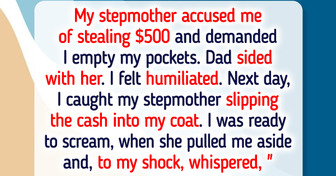
16 First Dates So Bad, They Should Be Turned Into a Comedy Movie

11 Heartwarming Stories That Prove Family Is Everything
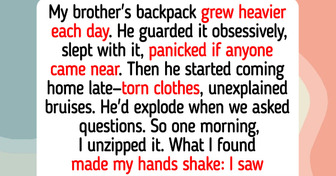
12 Acts of Kindness That Circled Back in Shocking Ways

15 Times Kindness Proved It’s Still the Strongest Force on Earth

My Parents Gave My Brother the House They Promised Me—And They Learned Their Lesson
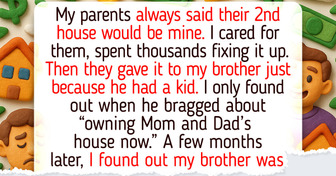
I Absolutely Refuse to Walk My Daughter Down the Aisle After What She Did to Her Mom
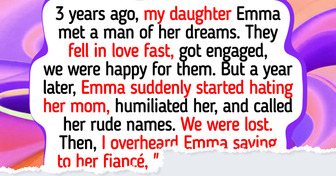
I Refuse to Forgive My Parents—They Bought My Brother a House and Left Me With ‘Sorry’

15 Twists That Would Make Even Netflix Ask for a Trigger Warning
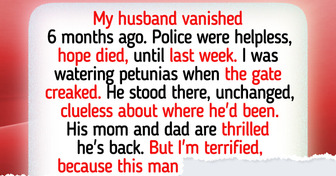
I Refuse to Do My Coworker’s Job for Free—So I Made Him Pay
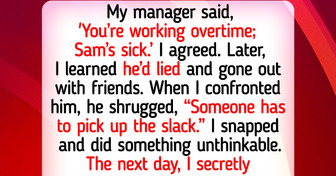
I Refused to Take My Stepdaughter on Our Family Trip
